Exploring Mount Meru National Park: A Hidden Gem in Tanzania
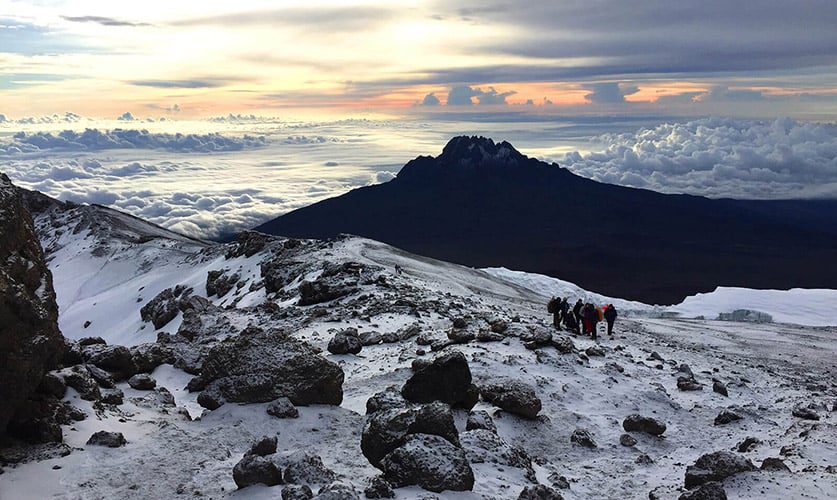
Exploring Mount Meru National Park: A Hidden Gem in Tanzania
Nestled in northern Tanzania, Mount Meru National Park is one of the country’s most breathtaking yet underrated destinations. Often overshadowed by the world-famous Serengeti and Mount Kilimanjaro, this park offers a unique experience for nature lovers, wildlife enthusiasts, and adventure seekers. With stunning landscapes, diverse flora and fauna, and the majestic Mount Meru towering over the park, it is a must-visit for anyone exploring Tanzania.
Table of Contents
The Location and Geography of Mount Meru National Park
Located near the bustling town of Arusha, Mount Meru National Park spans approximately 552 square kilometers. The park is dominated by Mount Meru, Tanzania’s second-highest peak at 4,566 meters. The landscape features lush forests, vast savannas, and dramatic volcanic terrain, creating a diverse ecosystem that supports a wide variety of wildlife and plant species.
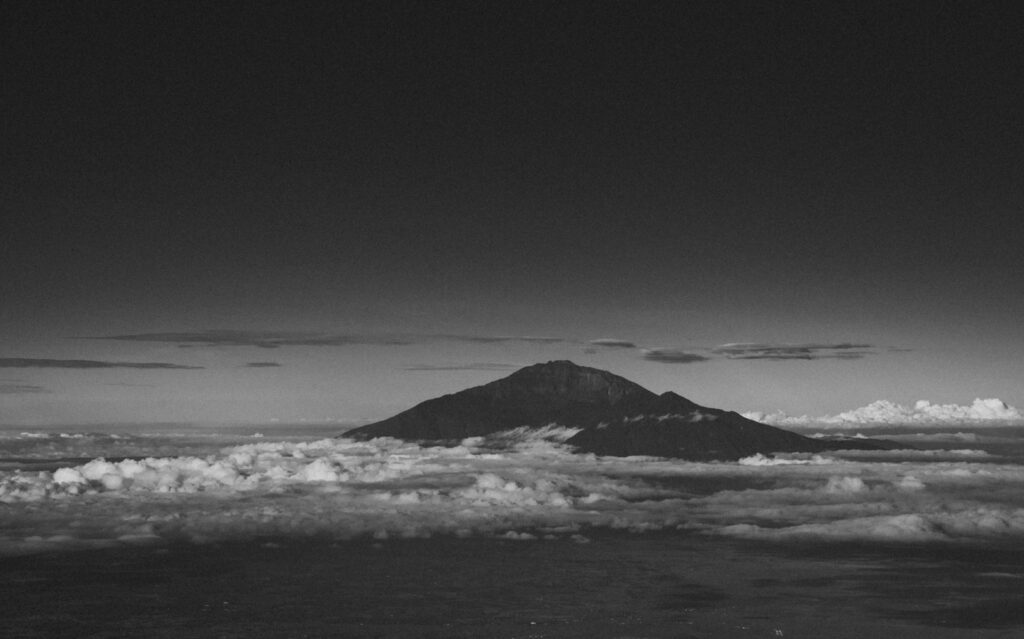
The Majestic Mount Meru: A Trekker’s Paradise
Mount Meru is the focal point of the park and attracts trekkers from around the world. While often overshadowed by Kilimanjaro, it offers a challenging and rewarding climb that serves as an excellent acclimatization trek for those attempting Africa’s highest peak. The journey to the summit takes climbers through dense rainforests, moorlands, and alpine deserts, with stunning views of Kilimanjaro along the way.
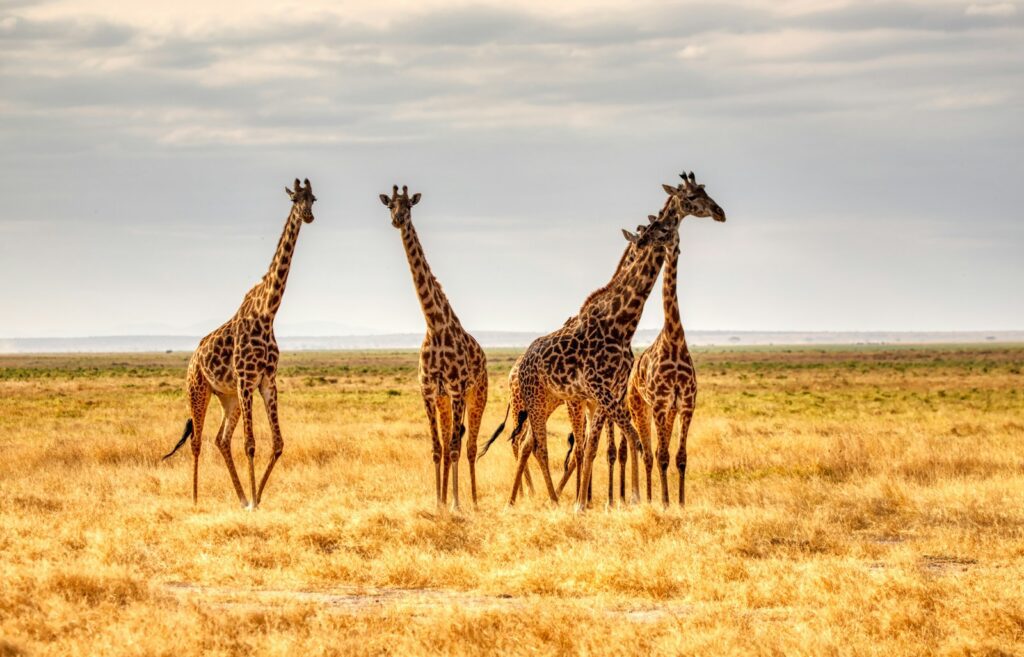
Wildlife and Biodiversity
Despite its smaller size compared to other Tanzanian parks, Mount Meru National Park boasts an impressive variety of wildlife. The park is home to large populations of buffalo, giraffes, zebras, and warthogs. Elephants and leopards also roam the park, though they are more elusive. One of the park’s highlights is its thriving population of black-and-white colobus monkeys, often seen leaping through the trees.
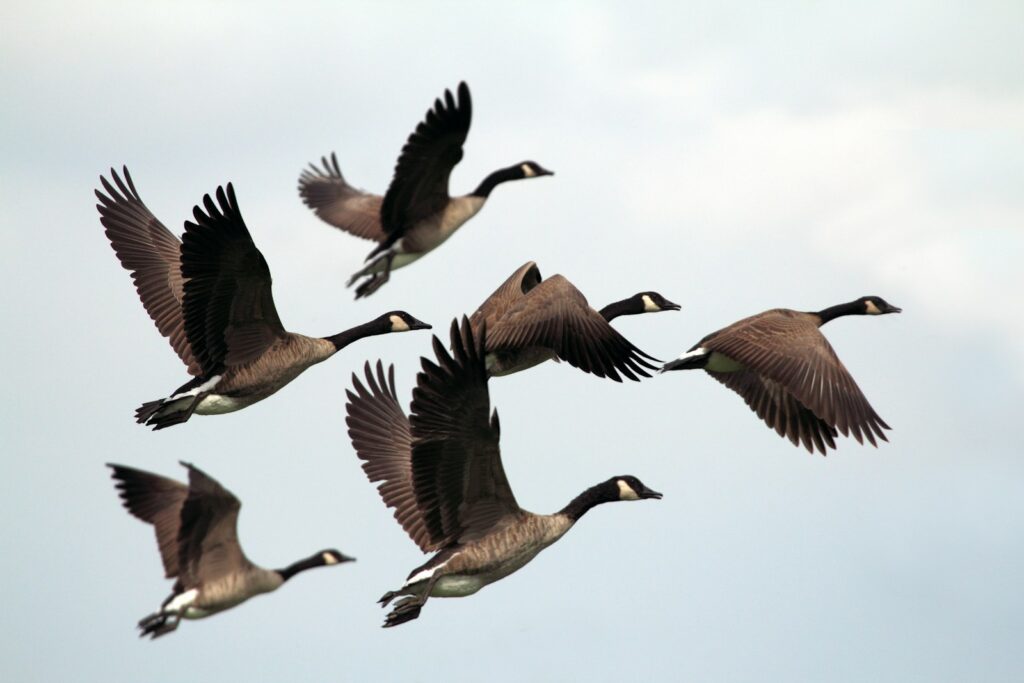
Birdwatcher’s Paradise
For birdwatchers, Mount Meru National Park is a dream destination. With over 400 bird species recorded, visitors can spot an array of colorful and rare birds, including flamingos, crowned eagles, and hornbills. The Momella Lakes, located within the park, are particularly famous for attracting thousands of waterbirds, including pink-hued flamingos that create a mesmerizing spectacle against the blue waters.
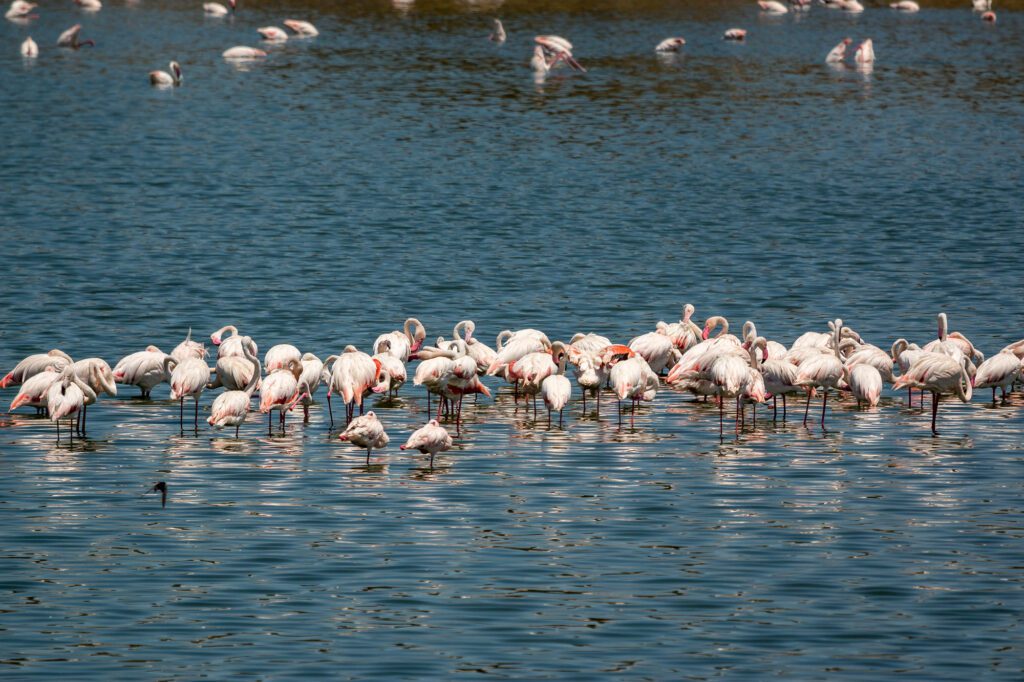
Momella Lakes: A Tranquil Escape
The Momella Lakes are a series of alkaline lakes within the park, offering a peaceful setting for wildlife viewing and photography. The lakes attract a range of animals that come to drink and feed, providing an excellent opportunity to observe hippos, waterbucks, and various bird species in their natural habitat.
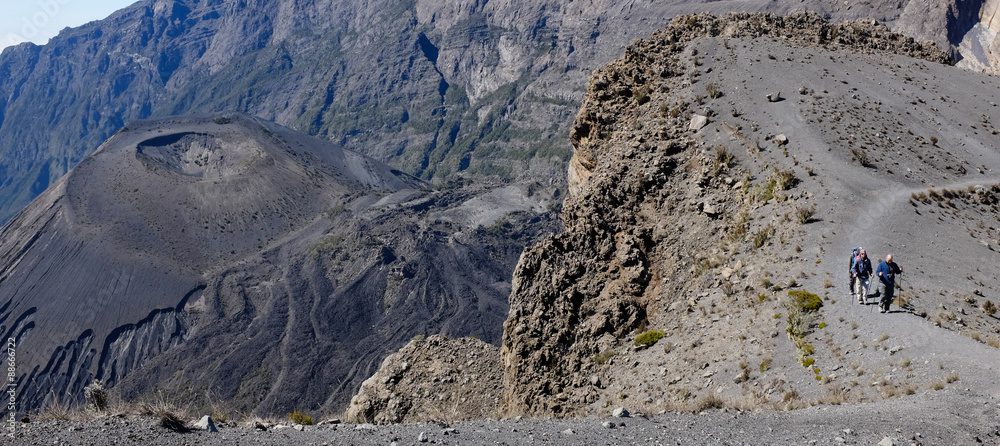
Unique Vegetation and Scenic Landscapes
The park’s vegetation varies significantly depending on altitude. The lower slopes are covered in lush rainforest, home to giant fig trees and medicinal plants. As visitors ascend, the vegetation transitions into montane forests, followed by open moorlands and alpine deserts near the peak. This diversity makes the park a fascinating place for botanists and nature enthusiasts alike.

Cultural and Historical Significance
Mount Meru and its surrounding areas hold deep cultural significance for the local Maasai and Meru communities. The mountain is considered sacred, believed to be the dwelling place of deities and spirits, and serves as a vital spiritual landmark. Traditional ceremonies, including blessings, rites of passage, and rainmaking rituals, are often held at its base, reinforcing its role in local heritage.
Additionally, the park features historical sites such as old German forts and colonial-era ruins, remnants of Tanzania’s past under foreign rule. These structures add a historical dimension to the natural beauty, offering visitors insights into the region’s layered past. The Maasai, known for their pastoral traditions, and the Meru people, skilled farmers, both revere the mountain as a symbol of resilience and identity.
Stories and legends passed down through generations further enrich the cultural tapestry of Mount Meru, making it not just a geographical wonder but also a living testament to the traditions and history of its people.

Activities to Enjoy in Mount Meru National Park
Beyond trekking, Mount Meru National Park offers a range of activities that cater to different interests, making it a versatile destination for nature lovers and adventure seekers alike. Game drives allow visitors to explore the park’s vast savannas and lush forests, where they can encounter diverse wildlife, including elephants, giraffes, buffaloes, and even leopards.
Birdwatchers will delight in spotting over 400 bird species, from flamingos wading in the Momella Lakes to majestic eagles soaring above. For a more tranquil experience, canoeing on the Momella Lakes provides a serene yet thrilling way to take in the park’s stunning landscapes, with the towering silhouette of Mount Meru reflecting on the water’s surface.
Guided walking safaris, led by experienced rangers, offer an intimate and immersive experience with nature, allowing visitors to learn about the park’s flora, fauna, and intricate ecosystems up close. Cultural tours to nearby Maasai and Meru villages add another layer of discovery, where travelers can engage with local traditions, crafts, and storytelling. Whether seeking adrenaline-fueled adventures or peaceful encounters with nature, Mount Meru National Park promises unforgettable experiences beyond its legendary slopes.
Best Time to Visit Mount Meru National Park
The best time to visit Mount Meru National Park largely depends on the activities you have planned. For trekking enthusiasts, the dry seasons—June to October and December to February—offer the most favorable conditions, with clear skies, moderate temperatures, and minimal rainfall ensuring safe and enjoyable climbs. These periods also provide stunning panoramic views from the summit.
Wildlife viewing is at its peak during the dry months, particularly from June to October, as animals congregate around the Momella Lakes and other water sources, making elephants, buffaloes, zebras, and even elusive leopards easier to spot. The sparse vegetation during this time further enhances visibility.
Birdwatchers, on the other hand, can enjoy excellent sightings year-round, thanks to the park’s rich avian diversity. However, the wetter months from November to April bring an added spectacle as migratory birds arrive, transforming the park into a vibrant hub for ornithologists. This period also blankets the landscape in lush greenery, creating a picturesque backdrop for photography.
While short rains in November and December and long rains from March to May may make some trails slippery, they also breathe life into the park’s flora, offering a different yet equally captivating experience. Whether you’re scaling the slopes, tracking wildlife, or spotting rare birds, Mount Meru National Park promises rewarding adventures in every season.
How to Get to Mount Meru National Park
Mount Meru National Park enjoys convenient accessibility, making it an ideal addition to any Tanzanian adventure. Located just a short 35-kilometer drive from Arusha – the bustling safari capital of northern Tanzania – the park serves as both a standalone destination and a perfect complement to the country’s famed northern circuit.
Arusha’s excellent infrastructure includes well-maintained roads and frequent domestic flights, while nearby Kilimanjaro International Airport (JRO), located just 50 kilometers away, connects travelers with international arrivals and regional hubs. Many tour operators offer seamless transfers from Arusha to the park’s Momella Gate, with the journey providing stunning views of both Mount Meru and distant Mount Kilimanjaro on clear days.
The park’s proximity to Arusha makes it exceptionally convenient for visitors to combine with Tanzania’s other world-renowned safari destinations. A typical itinerary might include wildlife viewing in Mount Meru National Park, followed by the spectacular Big Five encounters in Ngorongoro Crater, the endless plains of Serengeti National Park, and the elephant paradise of Tarangire.
This strategic location allows travelers to experience diverse landscapes – from Meru’s lush forests and alpine zones to Serengeti’s savannahs and Ngorongoro’s caldera – all within a single, well-paced journey. Many visitors choose to acclimate at Mount Meru before attempting Kilimanjaro, or use it as a scenic finale after their safari adventures, making it one of Tanzania’s most versatile natural attractions.


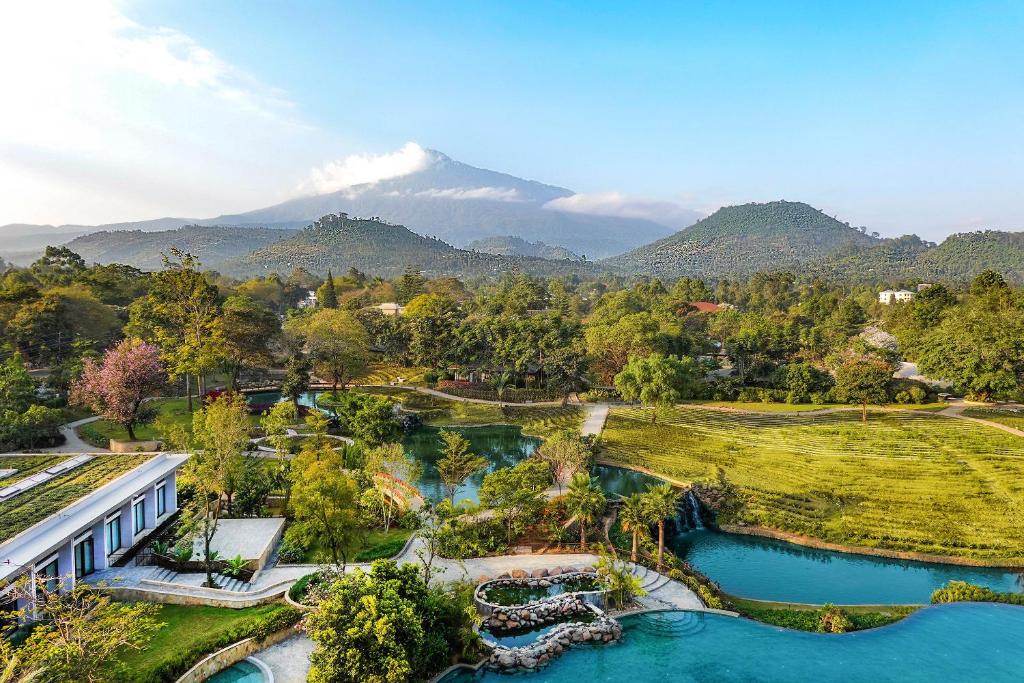
Accommodation Options
Visitors to Mount Meru National Park have a range of accommodation choices, from luxury lodges to budget-friendly campsites. Lodges such as Hatari Lodge and Arusha National Park Campsites provide comfortable stays with stunning views of the surrounding wilderness. For those trekking Mount Meru, overnight stays are arranged in mountain huts along the trail.
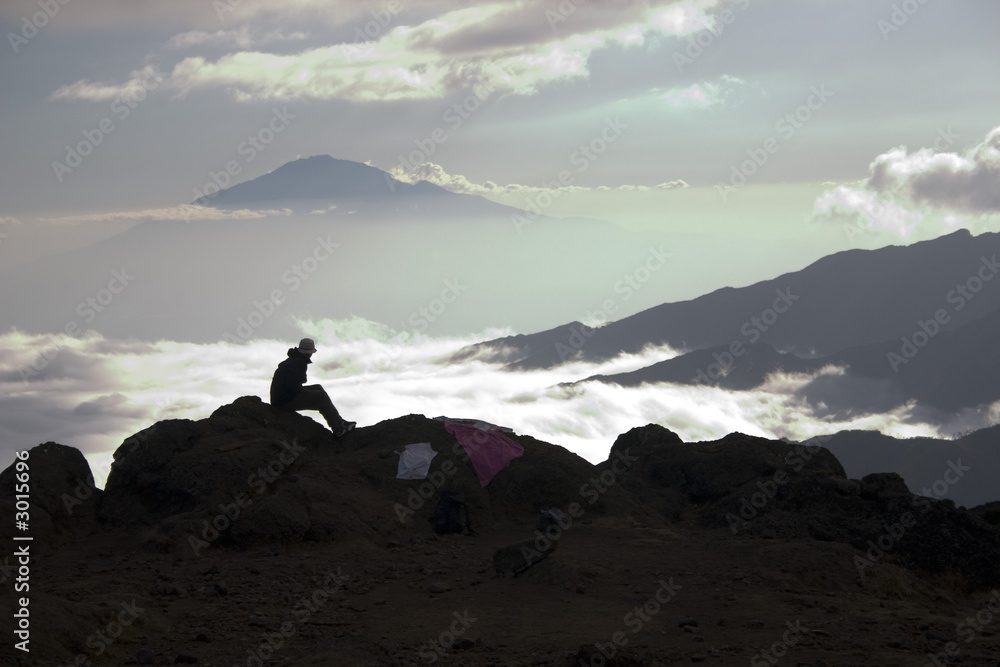
Why Visit Mount Meru National Park?
Mount Meru National Park offers a unique blend of adventure, wildlife, and tranquility. Unlike the more crowded parks in Tanzania, it provides a more intimate and serene experience. Whether you’re a trekker, a wildlife enthusiast, or someone looking to escape into nature, the park has something for everyone.
Conclusion
Mount Meru National Park is a hidden treasure in Tanzania, offering diverse landscapes, rich wildlife, and thrilling adventures. From climbing the majestic Mount Meru to exploring the peaceful Momella Lakes, the park presents an unparalleled opportunity to connect with nature. For those seeking an off-the-beaten-path experience in Tanzania, this park is a must-visit destination.





